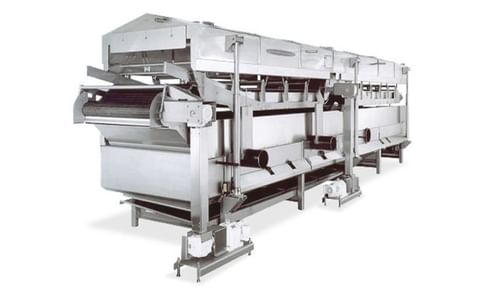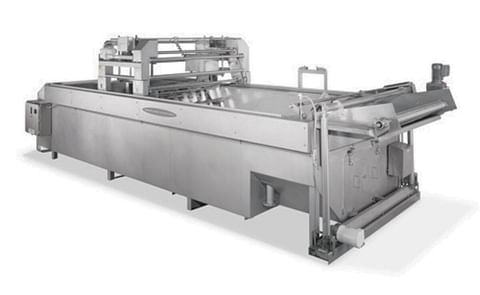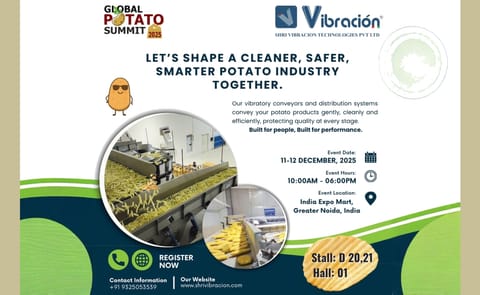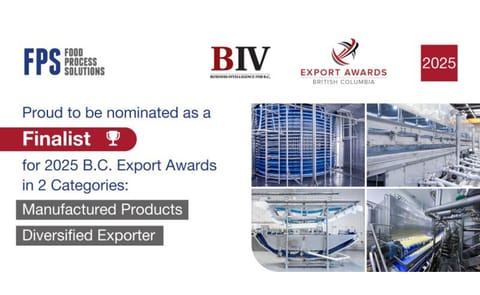A Heat and Control Frying Solution
Specialised fryer designs improve productivity and quality
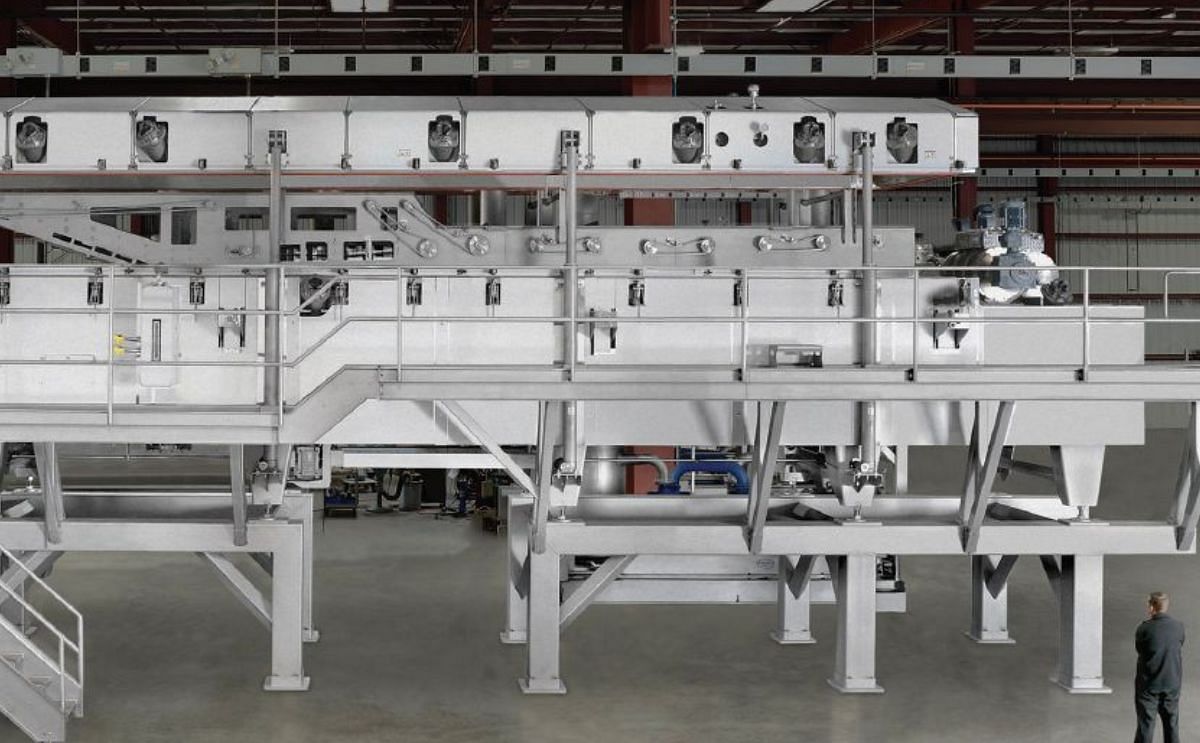
There are many factors to consider when determining the best fryer design for you. Ultimately your product quality will have the highest influence on your decision, however it is also important to consider floor space, production capacity, acquisition price, and the method of heating cooking oil.
By working with a manufacturer with experience in custom-designing fryers for each customer’s unique requirements, you can be assured productivity and product quality will meet your expectations and lay the groundwork for future growth.
Batch Fryers
Batch fryers are used exclusively for hard bite, slow cooked potato chips due to their unique temperature profile. The high-moisture content of potatoes requires a specially designed batch fryer. Potato-specific batch fryers use a kettle of static, hot oil – direct-heated by a gas burner firing under the fryer pan or by heat-transfer tubes immersed in the oil. These tubes can be heated by a gas burner, steam, or thermal fluid.
As each batch of potato slices enters the oil, the cooking oil temperature drops and then gradually increases as the burner fires to regain proper frying temperature. This “inverted bell curve” temperature profile produces the distinctive hard-bite texture that has made these chips the fastest-growing segment of the potato chip market.
The art of adjusting this oil temperature profile gives processors the ability to create subtle differences in chip texture. Once these cooking parameters are set, sophisticated batch fryers use a Programmable Logic Controller (PLC) to assure repeatable frying of each batch of chips.
Continuous Fryers
There are numerous designs of continuous fryers, varying in heat load, product handling, oil filtration, and production capacity, however all commonly cook a continuous flow of product.
Potato products such as potato chips and sticks require an externally-heated continuous fryer design due to the large amount of moisture that must be boiled off during the frying process.
External-heat exchangers heat cooking oil using gas or light oil burners, steam, or thermal fluid. These fryers continuously circulate oil through a filter, an external-heat exchanger, and single or multiple inlets and outlets in the fryer.
Continuous oil circulation provides multiple advantages:
- Maintaining a consistent oil temperature and temperature drop through the fryer
- Separating and advancing products through the fryer for uniform cooking without clusters
- Keeping product particles in suspension for more efficient filtration and clean fryer operation
Unique characteristics and production capacities of different potato products have prompted the development of specially-designed continuous fryer systems, including Multi-Zone Fryers, Multi-Stage Fryers, Thermal-Fluid-Heated Fryers, and Vacuum Fryers.
Multi-Zone Fryers
In these fryers, oil is introduced and removed at different points along the length of the fryer pan to provide accurate control of the temperature drop that occurs during cooking, known as Delta-T.This enables processors to develop custom colour and texture characteristics for different products. It also permits frying at lower temperatures, which produces lighter colour product and reduces oil degradation.
Multi-Stage Fryers
These are a variation of the multi-zone design and provide a greater range of frying temperatures. Each fryer stage uses a separate continuous oil filter, oil-circulation pump, and heat exchanger. Multi-stage fryer systems are especially useful for batter-coated fries, french fries, or fine particle-intensive co-products.Thermal-Fluid Heated Batch Fryers This direct-heated fryer uses a patent-pending thermal-fluid heat exchanger that heats oil uniformly throughout the fryer. A fines removal conveyor and spacing between the heat transfer tubes prevent product particles from accumulating inside the fryer.
Vacuum Fryers
Operating at ten per cent or less of normal atmospheric pressure, a vacuum fryer boils off product moisture at a lower temperature than traditional fryers. This means high-sugar content potatoes can be fried without browning of finished chips.Formation of acrylamide can be controlled because oil temperature can be kept below the 248°F /120°C point at which acrylamide forms.
Our advanced vacuum fryer design requires no external-vacuum enclosure and takes about the same floor space as a traditional, externally-heated, continuous fryer.



